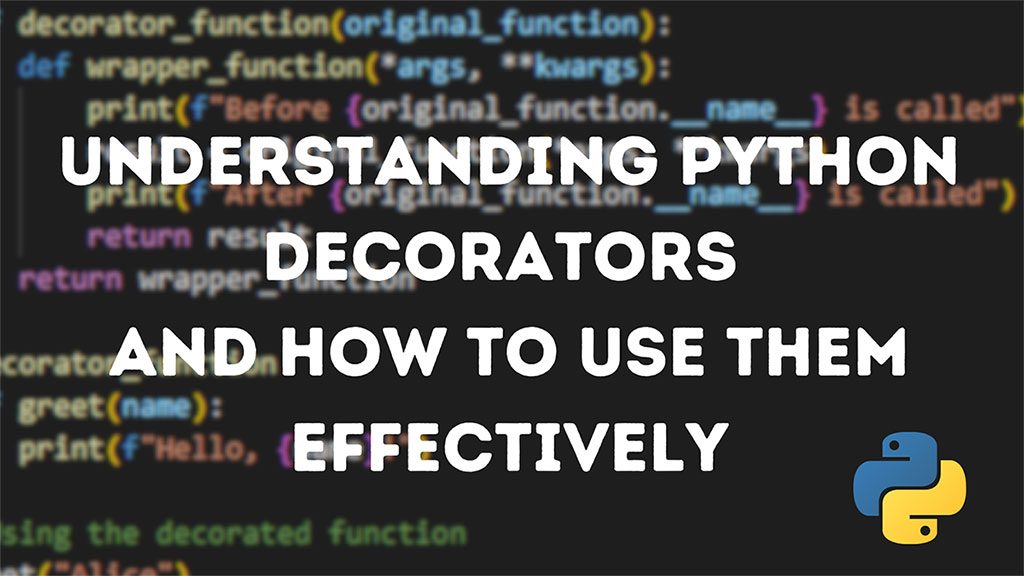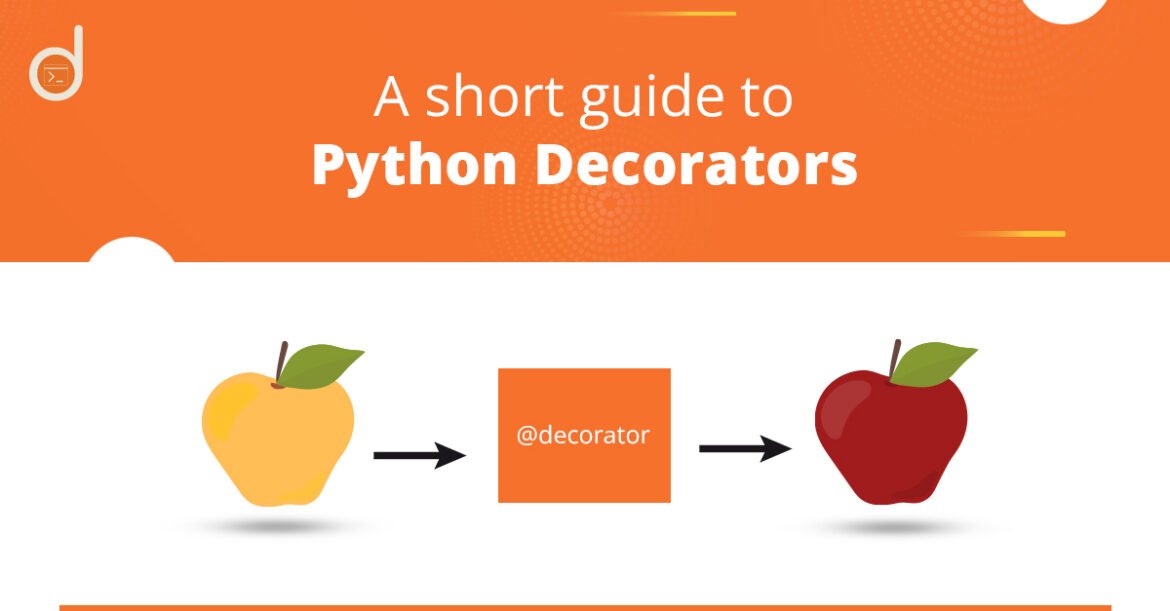
Understanding Python Decorators
Overview of Python Decorators
Python decorators are a powerful feature that enables programmers to modify or enhance the behavior of functions or methods without changing their code. They allow the separation of concerns, making the code cleaner and more readable. A decorator is essentially a function that takes another function as an argument, wraps it, and extends its behavior.
For example, consider how decorators can be used for logging or enforcing permissions. By simply adding a decorator to a function, you can automatically log execution time or ensure a user has the right privileges, simplifying the code in the process.
Benefits of Using Python Decorators
The advantages of using decorators in Python are numerous. They:
- Enhance code reusability: Decorators enable the reuse of common functionality across multiple functions without repeating code.
- Promote cleaner and more readable code: By keeping decorations separate, functions remain uncluttered and focused on their main purpose.
- Simplify debugging and testing: With decorators managing cross-cutting concerns, it becomes easier to test and debug individual functions.
Overall, understanding Python decorators is essential for any aspiring developer, as they provide a robust toolset for functional programming techniques.

Working Principles of Python Decorators
Functions and Nested Functions
To fully grasp Python decorators, it’s vital to understand how functions and nested functions work. In Python, functions are first-class citizens, meaning they can be passed around as arguments to other functions. This capability is key to the decorator functionality.
A decorator typically returns a nested function. When defining a decorator, you create an outer function that takes the original function as an argument and then defines an inner function that enhances or alters the behavior of the original function. For example:
def my_decorator(func):
def wrapper():
print("Something is happening before the function is called.")
func()
print("Something is happening after the function is called.")
return wrapperIn this snippet, wrapper is a nested function that wraps the original function func.
Wrapping Functions
The next principle in understanding decorators is how functions are wrapped. When a decorator is applied to a function, it effectively replaces the original function with the wrapped one. This is done using the @decorator_name syntax.
Consider the following application:
@my_decorator
def say_hello():
print("Hello!")When say_hello is called, the output will include both the pre- and post-messages defined in the decorator, demonstrating how it enhances the original functionality without altering its core behavior. This elegant approach allows programmers to maintain clean and organized code while extending functionalities efficiently.

Implementing Python Decorators
Syntax of Decorating Functions
Implementing decorators in Python is straightforward once you’re familiar with the syntax. The decorator can be applied to a function simply by using the @decorator_name syntax directly above the function definition. This clear and concise style helps make the code easy to read and understand.
For instance:
@my_decorator
def greet():
print("Hello, World!")In this example, the greet function is wrapped by my_decorator. When you call greet(), it runs the logic in the decorator first, then the greeting message, exemplifying how easily decorators can enhance function behavior.
Applying Multiple Decorators
Python also allows stacking multiple decorators on a single function, which can lead to more complex functionality. They are executed in the order they are applied, starting from the innermost decorator. Here’s a simple illustration:
@decorator_one
@decorator_two
def say_goodbye():
print("Goodbye!")When calling say_goodbye(), decorator_two executes first, followed by decorator_one, before ultimately running the function itself. This stacking technique opens up endless possibilities for reusing decorators and combining their benefits, making Python decorators an exciting and powerful tool for developers.

Built-in Decorators in Python
@classmethod and @staticmethod
Python provides several built-in decorators that simplify class method management. Two of the most commonly used ones are @classmethod and @staticmethod.
- @classmethod: This decorator transforms a method into a class method, allowing you to call it on the class itself, rather than on an instance of the class. It provides access to the class as the first parameter, conventionally named
cls.class MyClass: name = "Python" @classmethod def print_name(cls): print(cls.name) MyClass.print_name() # Output: Python - @staticmethod: In contrast, this decorator doesn't pass either the instance or the class as an argument. It's useful for grouping related functions in a class, maintaining context without needing the class or instance details.
class MathOperations: @staticmethod def add(a, b): return a + b print(MathOperations.add(5, 10)) # Output: 15
@property and @staticmethod
Another essential decorator is @property, which simplifies getter and setter functionalities. It allows you to define a method that can be accessed like an attribute.
For instance:
class Circle:
def __init__(self, radius):
self._radius = radius
@property
def area(self):
return 3.14 * self._radius ** 2
circle = Circle(5)
print(circle.area) # Output: 78.5Using @property enhances code readability and encapsulation, making it clear that area is derived from the circle’s radius.
These built-in decorators facilitate cleaner code, enabling developers to express functionality more naturally and intuitively in their classes. Understanding them can greatly improve how one works with class structures in Python.

Advanced Usages of Python Decorators
Decorators with Arguments
As one delves deeper into Python decorators, it becomes evident that they can be enhanced by allowing arguments. This capability makes decorators extremely flexible, enabling customization of behavior based on input parameters.
To create a decorator that accepts arguments, you need to introduce an additional layer of functions. Here’s an example to demonstrate this:
def repeat(num_times):
def decorator_repeat(func):
def wrapper(*args, **kwargs):
for _ in range(num_times):
func(*args, **kwargs)
return wrapper
return decorator_repeat
@repeat(3)
def greet(name):
print(f"Hello, {name}!")
greet("Alice") # Output: Hello, Alice! (repeated 3 times)In this example, the repeat decorator takes an argument num_times, allowing the greet function to execute multiple times.
Chaining Decorators
Chaining decorators is another advanced usage that enhances the functionality of your functions even further. By stacking decorators, you can combine various behaviors elegantly.
Consider this example where we use both a timing decorator and our previously defined repeat decorator:
import time
def timer(func):
def wrapper(*args, **kwargs):
start_time = time.time()
result = func(*args, **kwargs)
print(f"Execution time: {time.time() - start_time:.4f} seconds")
return result
return wrapper
@timer
@repeat(2)
def display_message(message):
print(message)
display_message("Hello, World!") # Will show execution time and repeat the message twiceIn this setup, display_message is enhanced by both the timing and repeating functionalities, showcasing the power of decorators to add multiple layers of behavior seamlessly. Advanced usage of decorators like these enriches the Python programming experience and fosters code reusability.

Decorators vs. Wrapper Functions
Comparison in Functionality
When considering decorators and wrapper functions, both serve to modify or enhance behavior, but they differ significantly in scope and syntax.
- Decorators are a syntactic sugar that streamline the implementation of wrapper functions. They allow you to keep the original function intact while adding new behavior seamlessly. This is achieved through the
@decoratorsyntax, making your code cleaner and more readable. - Wrapper functions, on the other hand, require explicit function definitions and calls, which can lead to additional boilerplate code. Though they offer more control in specific scenarios, they can become cumbersome if you frequently need to add similar functionality across various functions.
For instance, using a decorator to log function calls is straightforward, but if you were to rely solely on wrapper functions, you would have to replicate that logic each time.
Use Cases for Each Approach
Both methods have their respective strengths:
- Use Decorators when:
- You need to apply the same functionality across multiple functions.
- You prioritize code readability and structural organization.
- You want reusable and composable functions.
- Use Wrapper Functions when:
- You require distinct behavior for individual function executions.
- You need more granular control over the function call mechanism.
In summary, decorators shine in scenarios where you want to enhance multiple functions consistently, while wrapper functions can be beneficial for specific, isolated use cases, illustrating the flexibility of Python in catering to different programming needs.

